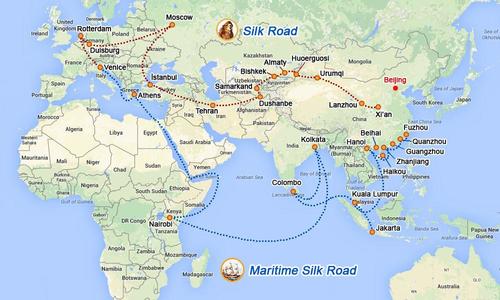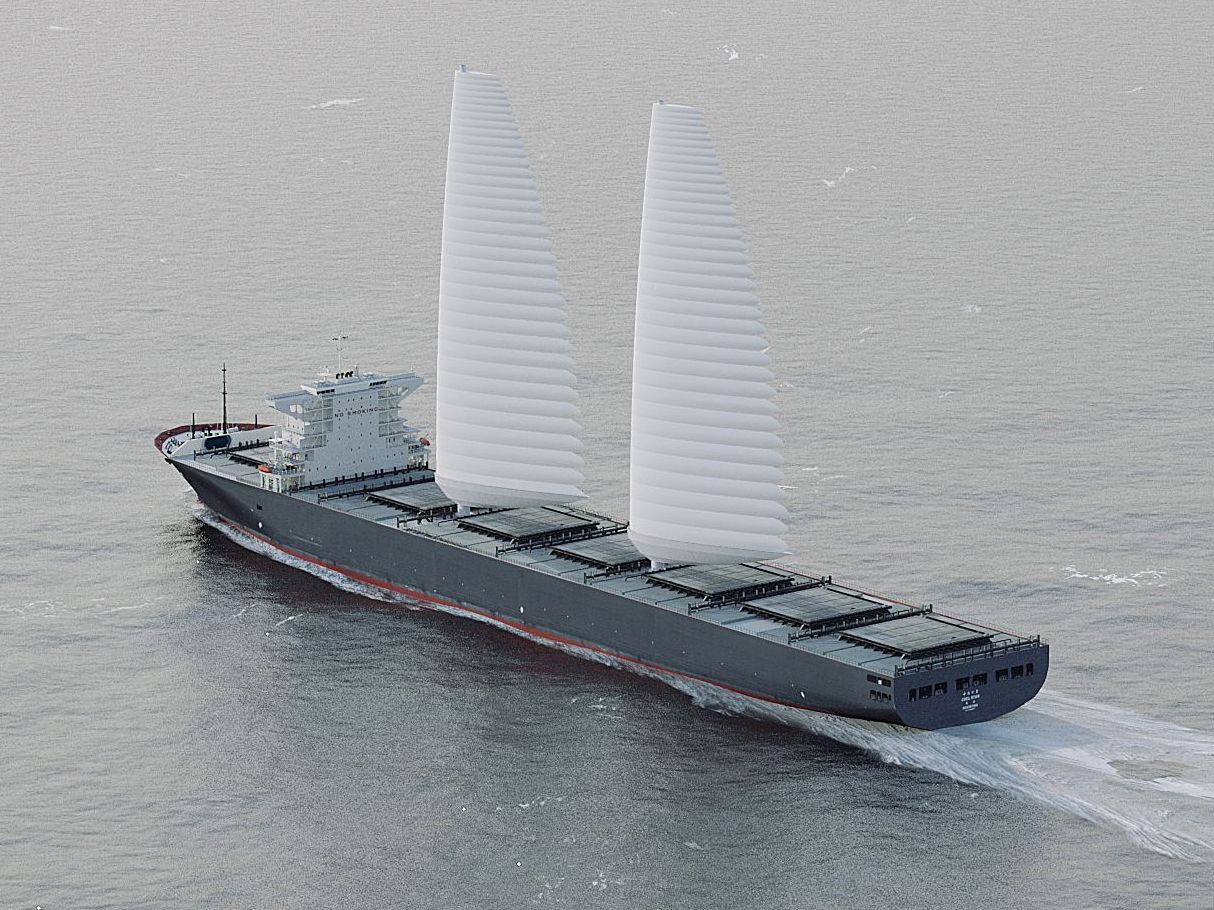The headline for this piece at ZeroHedge is "A US civil war is now on the table as new alliances form" but that probably is not going to happen. See after the jump.
More interesting is the writers insights into the geo-strategic importance of Turkey.
From Capitalist Exploits via ZH, Jun 24, 2021:
First,
let's talk about Turkey. Turkey, Nato’s second largest military, will
never join the EU. If you haven’t heard me say it before, let me repeat
it. So what, you may say. What does that have to do with anything?
Well, I’m not sure, but here is what we do know.
- Turkey is absolutely 100% critical to OBOR (One Belt One Road). The old Silk Road that Xi intends to make his legacy.
- Turkey has the second largest standing military force in NATO behind the US.
- Turkey refused to sign the Paris climate accord.
- Turkey
is an important transit country for natural gas produced in Azerbaijan
and Russia with prospects from other countries in the region.
- Turkey
has been aggressively developing alliances with other Turkic-speaking
countries: Kazakhstan, Uzbekistan, Kyrgyzstan, and Turkmenistan. You
will note that all of these countries are energy producers, which brings
me to my next point.
- Fossil fuels aren’t going to be
replaced any time soon, and those who control them will dominate first
economically and then politically. It’s always been that way, and it’s
not going to be any different this time around.
- The Turks
control the Bosphorus, which really means they have influence in the
Black Sea, which really means they have influence with the Ruskies.
In short, Turkey is likely to be critical going forward, which was why I was not surprised to see the following:
Erdogan says Turkey has raised FX swap deal with China to $6 billion
You may recall a few weeks back
I mentioned to you how the EU had tried to block Turkey from building a
coal fired power plant, funded by Chinese banks. You will also recall
that Turkey told them to kick sand.
Turkey is going to be very important over the next decade.
Here is OBOR. It is, of course, the old Silk Road being resurrected by the CCP.
Literally
following this Silk Road and then understanding what sort of ideology
exists in the respective countries can assist us in better understanding
probabilities for our asset allocation.
As a reminder. Turkey is
the largest economy in the Eurasian region with an upper-middle income
economy and a strong record of growth over the past two decades,
notwithstanding recent currency turmoil. This gives Turkey a strong
bargaining position to ensure its own interests are taken into account
alongside China’s ambitions.
It lies in a geostrategically
important location that connects Europe and Asia by sea and air, as well
as Africa. Turkey lies on the shortest route for China’s ambitious
plans to create a Eurasian trading network.
If we step back in
time and look at the history of the region, one of the key reasons for
the decline of the Middle East was the destruction of the Silk Road or
what we could refer to as the Indian Ocean economy. That trading network
connects China, India, through East Africa and the Middle East,
Constantinople (modern day Istanbul) into Europe.
It was the
Portuguese first, then those cheese eating Dutchmen later and then, of
course, the flag waving Brits who dismantled these economic trade
routes. Cities that previously thrived declined in importance, wealth,
and power. OBOR is designed to bring back these old trading routes.
If
even mildly successful, this will mean that the Middle East will become
very important, and Turkey is going to be the geographical lynchpin for
the OBOR into Europe and even up into Russia and former CIS.
Now,
if the West wasn’t commiting suicide, I would say that the success of
OBOR could be halted in its tracks but well… it is, and therefore it
wont.
The infrastructure spending and buildout required is
massive. Estimates for Asia alone are around $26 trillion, but there is
no way it can all be done by Chinese construction industry.
And
this is where Turkey is likely to play a critical role, because Turkish
manufacturers are very competitive and offer high quality.
If you
travel through Eastern Europe, the Caucasus, and throughout the “Stans”
and the Middle East, it is Turkish goods that are increasingly prevalent
and desired.
The construction sector plays a crucial role in the
Turkish economy, contributing 5.9% of the GDP, employing roughly 10% of
the Turkish workforce, and impacting up to 30% of Turkey’s GDP.
Expect to see more Turkish companies operating in the region and where trade takes place, expect political alliances to follow.
Certainly Erdogan will seek to use this influence in the region for economic and political influence.
The
key for Turkey will be to ensure its own self interest while achieving
its goals. Either way, it is positioned uniquely for the world we’re
rapidly moving towards....
....MUCH MORE, civil war in the U.S. bit.
As to civil war, although we will be commemorating a great battle of the American Civil War, July 1 - 3, the fact is that mature democracies tend not to descend into all-out shooting style civil wars. At least compared to other forms of government.
So we have tried to find portents that such a rare event may come to pass and for this search Frances Fox Piven has proven to be a rather remarkable guide. Which I hope explains all the Piven posts:
Frances Fox Piven on Why Protesters Must “Defend Their Ability to Exercise Disruptive Power”
Frances Fox-Piven: “We Should Be Prepared for Incredible Waves of Mass Protest”
"Frances Fox Piven on the Importance of Social Movements Being ‘Unruly’"
Serious Politics: So What Is Frances Fox Piven Thinking About These Days?
....Direct Action of the Unemployed
One form of response during the Great Depression was direct
action; another was petitioning or advocacy to the government for social
programs or relief. Could you tell us what you see as the advantages or
flaws of each form?....
The community organizers and students of political science among our readers will recognize the 'ol
Action directe, perhaps accompanied by a bit of Thomas Carlyle’s
whiff of grapeshot describing the end of the French Revolution, this time round.
As noted in the introduction to June 8's "
Capital Markets: All Is Unfolding According To Plan":
...It's probably time to brush up on the Jacobins and the Committee of Public Safety.
Maybe the history of the XMI on October 20, 1987 as well.
More to come as the summer progresses....
Back in 2007 I was poking a bit of gentle fun at the Marxist-Leninists-Trots:
"International Day of Direct Action Against Climate Change and the G8":
Oh happy day!
I haven't heard this kind of lingo in a while:
"The 8th of June International Day of Action Against Climate Change and
the G8 has been called by the International Rising Tide Network. This
is a call for autonomous, decentralized actions appropriate for your
town, city, or local area. Use this international day of action to
support local struggles against oil refineries, gas pipelines, strip
mines and coal-fired power plants. Disrupt the financial backers of the
fossil fuel industry. Organise workshops to spread sustainable
post-petroleum living skills. Find a weak point in the infrastructure of
resource exploitation and throw a literal or symbolic wrench in the
works. It’s time to visit your local polluters and give 'em hell!" From RisingTide.org
From reasoninrevolt.net.au: the 70's Australian broadsheet Direct Action.
From the French version of Wikipedia: Action directe (AD) est un groupe clandestin (aux influences anarchistes et communistes...)
From Wikipedia: Action Directe was a French Maoist/Marxist-Leninist militant group which committed a series of assassinations and violent attacks in France between 1979 and 1987.
I knew something was up when Desmogblog linked to "politicalaffairs.net-Marxist Thought Online" for the story "Talking about a revolution: Calls for action on global warming, inequality",
which was originally posted at Peoples Weekly World.
I've missed PWW's take on local self-determination such as this story
from Estonia, "Estonian gov’t desecrates anti-fascist history"--"On
April 27, the Estonian government removed a monument honoring the
270,000 Red Army soldiers who gave their lives in the fight against
Nazism in Estonia from a central square in Tallinn, the country’s
capital, and moved it to a cemetery two miles away."
Time to brush up on the Dialectical Materialism (nobody told you this was going to be easy)....
One thing to keep an eye on is the use of the word "ungovernable" in the U.S. Here's GoogleTrends (web searches) since 2004


